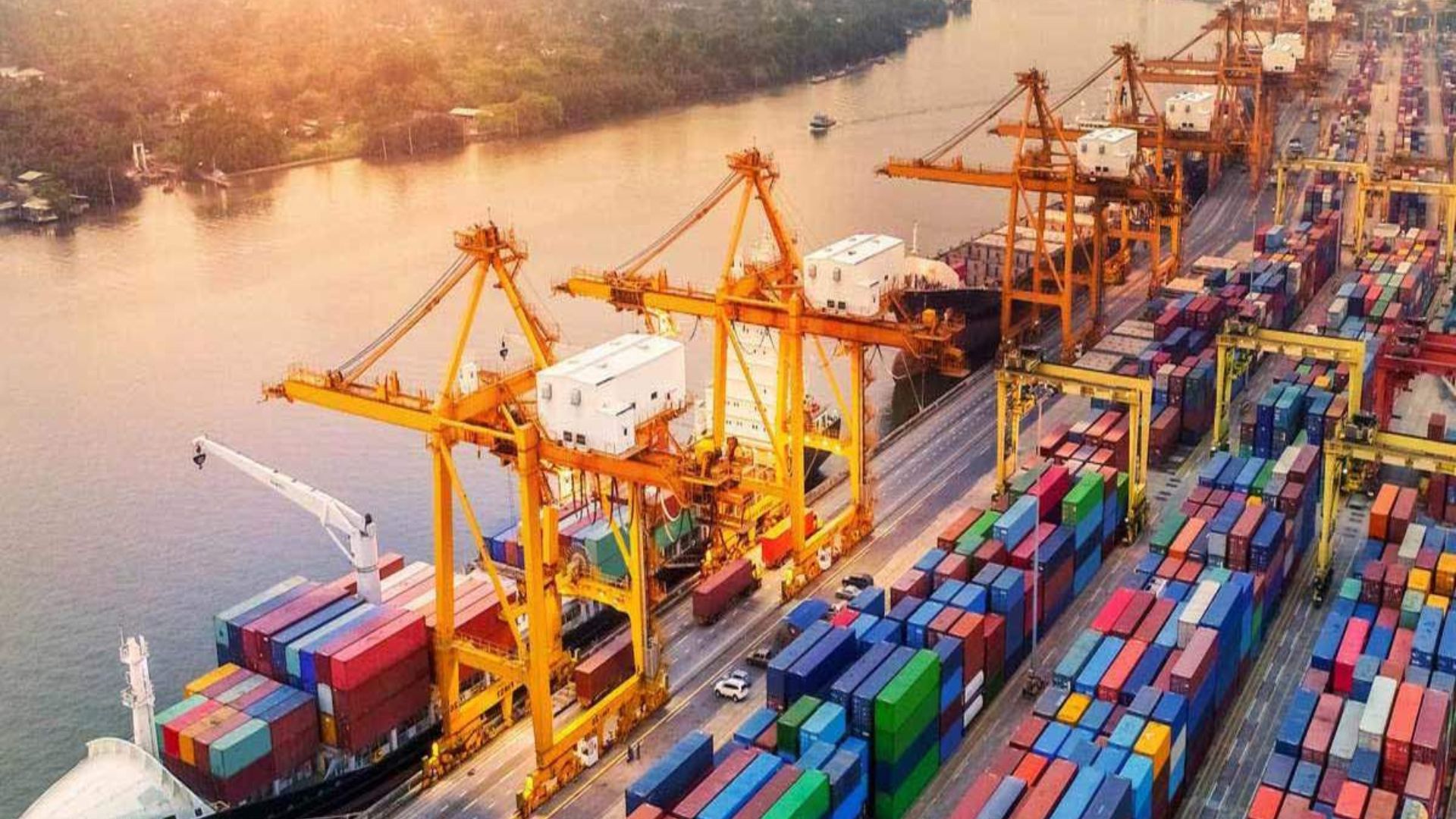FTZs are explicitly selected, geographical areas within a country that are treated as if they are outside its “customs” territory for use in benefiting those companies that desire to import materials, utilize American workforce for manufacture and assembly, and then export those finished goods. These zones offer significant advantages to businesses engaged in international trade.
The first FTZs were created in the 1930s when the United States passed the Foreign Trade Zone Act of 1934 (FTZA). After the sharp economic downturn that the United States faced because of the Great Depression, the new law creating FTZs was written to enhance and recover American competitiveness. At their beginning, FTZs provided a way for U.S. companies to defer or, in the case of final product export, eliminate customs duties on imported goods until they entered the domestic market.
Since the initial passage of the FTZA, Congress has expanded Foreign Trade Zone authorities, and today FTZs exist in every U.S. state and vary in size, ranging from single buildings, such as warehouses and industrial parks, to areas that encompass entire counties. FTZs also have been expanded in capabilities and scope from their initial form and can now support diverse industries that include manufacturing, logistics and technology. These expansions now provide FTZs with a range of benefits to businesses and companies and beg the more important question, “What can happen within an FTZ?”
- FTZs allow companies to import, store, process and re-export goods without immediate customs intervention.
- Businesses can defer or even avoid customs duties and taxes until the imported goods enter the domestic market. Furthermore, products that are imported and then used in manufacturing final goods for export can be relieved of any forms of duties or taxes, so long as the imported or final product does not enter U.S. markets or supply chains.
- Streamlined customs procedures in FTZs reduce administrative burdens and accelerate the movement of goods across borders.
Additionally, FTZs offer several other advantages:
Logistical Efficiency: With a requirement for U.S. FTZs to be located near seaports, airports or major transportation hubs, FTZs offer convenient access to global markets, improving overall logistical efficiency and potentially reducing transportation costs for businesses.
Inventory Management: FTZs serve as hubs for inventory management, allowing just-in-time delivery to meet customer demands promptly resulting in reduced lead times and faster transactions that positively impact trade between countries.
Global Business Excellence: FTZs typically improve and enhance cross-border logistics operations resulting in improvements in cost-effectiveness, regulatory compliance and overall efficiency in the global marketplace.
From a global perspective, it is critical to recognize and understand that FTZs, while a U.S. creation, are no longer a U.S. tool alone. Other countries have now also established successful FTZ programs to drive their economic growth and international trade. Countries with a global trade nexus that includes China, Singapore and the United Arab Emirates (UAE) have developed extensive FTZ networks leading to success in attracting multinational corporations and facilitating their own cross-border commerce.
China has established numerous FTZs in critical logistical cities such as Guangzhou, Shanghai and Shenzhen. Singapore offers a strategic location at the intersections of major shipping routes and trade corridors and has emerged as a principal destination for companies seeking to expand their presence in the Asia-Pacific region. In the Middle East, the UAE has also leveraged its strategic location and developed “world-class” FTZs in Jebel Ali and Dubai. These zones serve as major hubs for trade, logistics and manufacturing, attracting investment from multinational corporations and driving economic diversification.
While FTZs are a very American concept, their benefit to international trade and supply chains is both relevant and critical to the successful import and export of manufactured goods. So, what are the takeaways regarding the operations and utilization of an FTZ for a U.S. company?
- Duty Exemption and Deferral:
- Goods stored or processed within an FTZ are not immediately subject to customs duties.
- Businesses can defer or even eliminate customs payments until (and if) the goods enter the domestic market.
- This flexibility improves cash flow and reduces upfront costs, making products more competitive globally.
- Streamlined Customs Procedures:
- FTZs typically have efficient customs processes, minimizing administrative burdens.
- Faster clearance times for inbound and outbound shipments lead to cost savings.
- Improved supply chain management enhances overall efficiency.
- Logistical Efficiency:
- FTZs are strategically located near ports, airports or major transportation hubs.
- Convenient access to global markets reduces transportation costs for businesses.
- Just-in-time delivery becomes feasible, meeting customer demands promptly.
- Customs Compliance and Security:
- FTZ operators adhere to strict customs regulations and security protocols.
- Goods within the zone maintain integrity, reducing the risk of trade-related disruptions.
- Supply chain security is a priority.
- Promotion of Economic Development:
- FTZs attract foreign investment, fostering innovation and growth.
- Employment opportunities arise in host regions due to trade, manufacturing and distribution activities.
- They serve as vital hubs for local economic prosperity.
What is most important to understand is that FTZs are not a “let’s get out of paying taxes” zone but are a tool designed by the federal government to spurn trade and domestic manufacturing by providing financial advantages, streamlined processes and growth opportunities. They incentivize companies to manufacture products in the United States specifically for export by eliminating the duties and tariffs that would normally be due on the materials imported from non-domestic sources. For those businesses that plan to sell into the U.S. market, the delay in payment of duties and tariffs until the sale of that product into the domestic market allows that company to utilize those funds elsewhere until the point of sale.
Countries are continuing to utilize and increase the number of FTZs as they are a proven boost to economic development. U.S. businesses must seize the opportunities presented by these unique economic tools to unlock their full potential in both the domestic and global marketplace.












